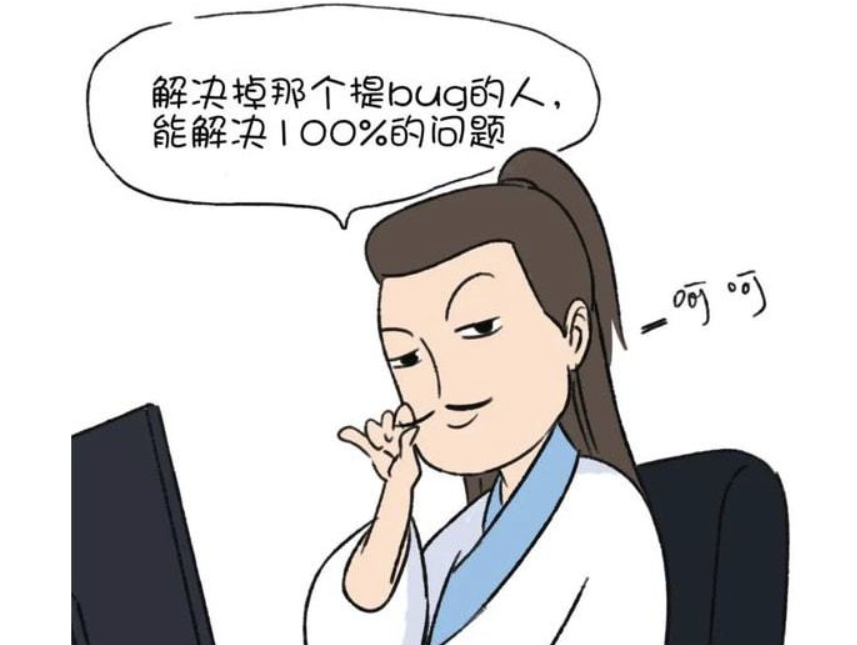SFA is a technique that grabs the slow parts of input signals, which are basically the components with the biggest one-lag autocorrelation. When mixing things up in a nonlinear way, we can lose the original signal’s time structure and correlation due to other sources getting involved. But don’t fret! The slowest component with the largest autocorrelation extracted by SFA should be tied to one possible source. It’s been proven that this super-duper slow feature taken from nonlinear mixtures is either a source signal or its invertible transformation. And if you wanna go deeper, extended SFA uses SFA to get each source signal per iteration until they’ve all been nabbed.
Slow feature analysis (SFA) aims to extract the slowly varying components from the input signals, which can also be interpreted the components with largest one-lag autocorrelation. Since the nonlinear mixing usually destroys the temporal structure...
本站部分文章来源于网络,版权归原作者所有,如有侵权请联系站长删除。
转载请注明出处:https://golang.0voice.com/?id=4024
发表列表
评论列表
还没有评论,快来说点什么吧~



















